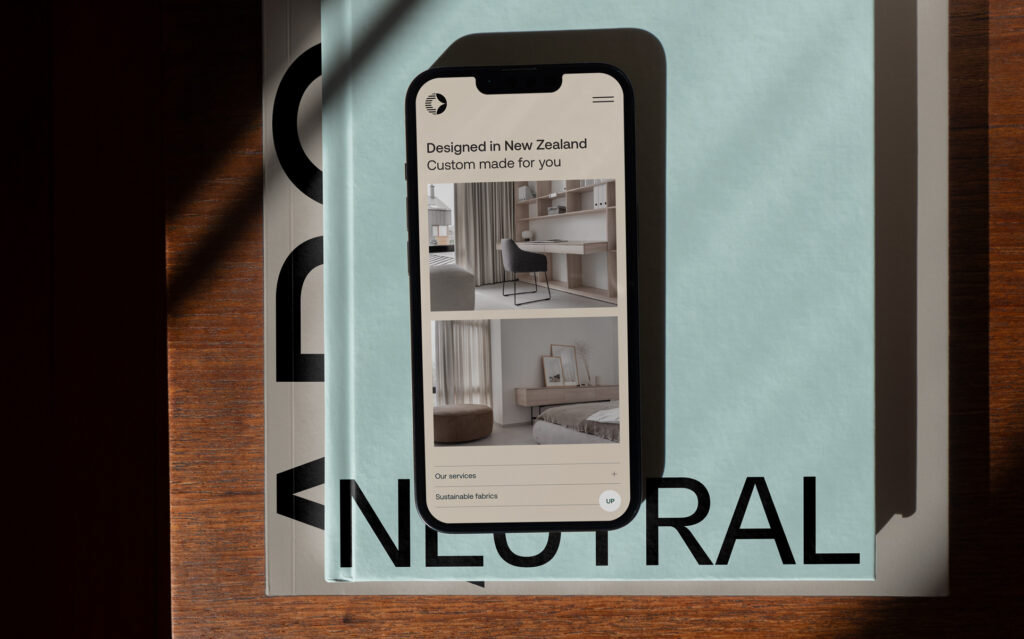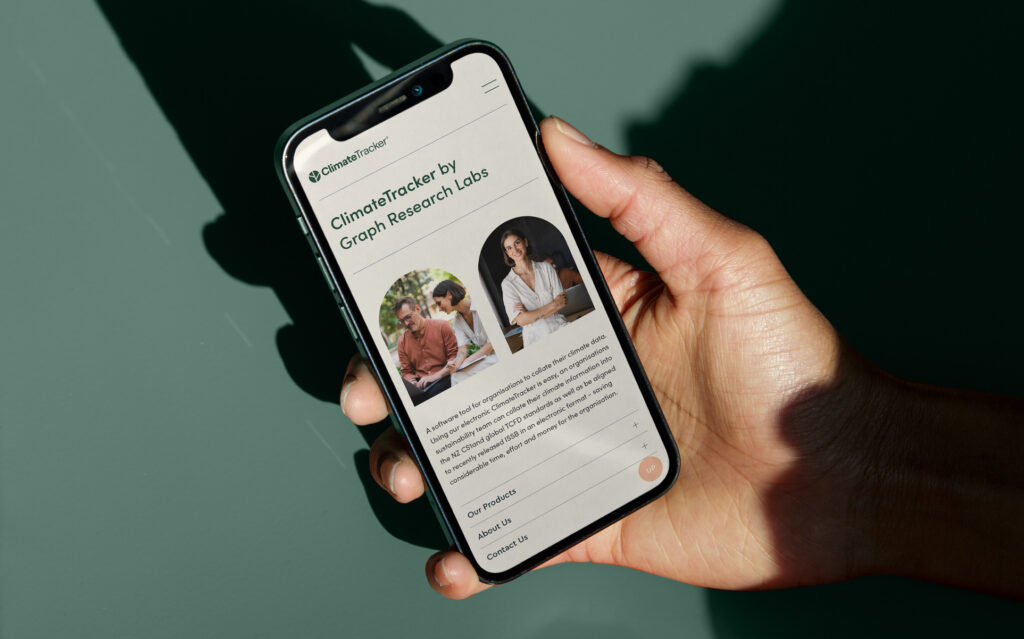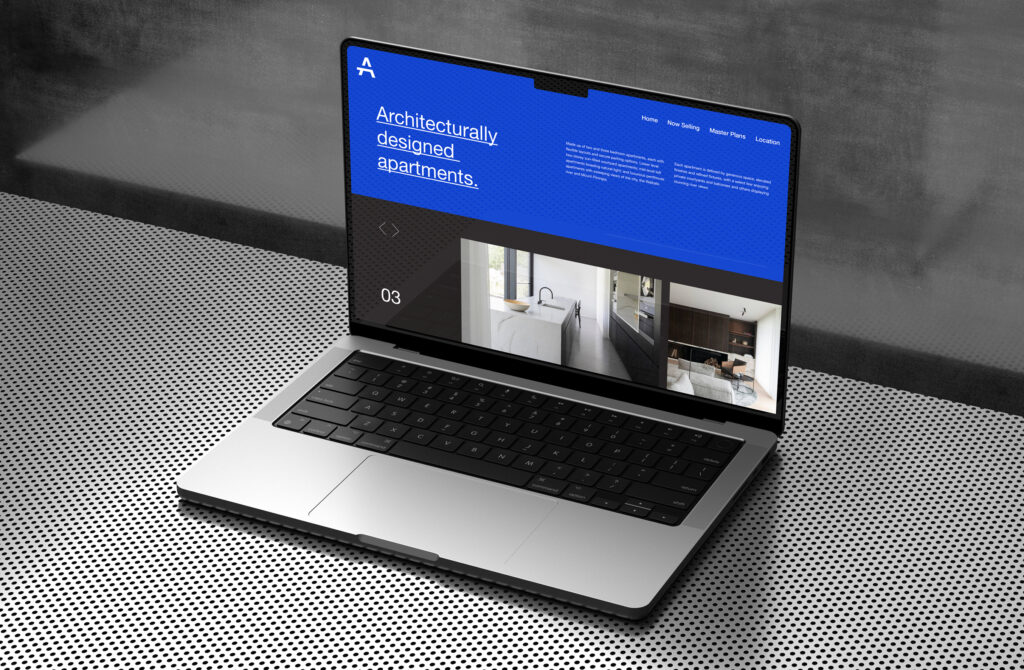Insight – 03/01/2024
A great website is one that is visually appealing, easy to navigate, and provides a seamless user experience. It should be well-designed and visually appealing while also providing useful and relevant content to the user. A great website should also be responsive, meaning it should be easily accessible on different devices such as desktops, tablets, and phones. It should be optimized for fast loading times to ensure a smooth browsing experience. Good website design is important because it can influence whether or not a user stays on the site or moves on to a competitor. A well-designed website helps to establish trust and credibility with potential customers and can lead to increased engagement, conversions, and customer loyalty. Overall, good website design is an essential part of any successful online presence.
When you’re staring at a blank canvas, the design process can be very intimidating. Follow these 6 principles of designing a great website that will help you map out your site design and functionalities.

1. Responsive design
Responsive design has been around for years. Responsive design describes a web construction approach that allows site architecture and content to dynamically resize according to the width of a user’s display device or browser. If your site has a responsive design, no matter how someone accesses it, users will have an optimal viewing experience.
Responsive design can help you solve a lot of problems for your website. It will make your site mobile-friendly, improve the way it looks on devices with both large and small screens, and increase the amount of time that visitors spend on your site. It can also help you improve your rankings in search engines.
We live in a multi-screen society. Because of this, it’s important for your site to be viewable across as many devices as possible, because you never know what device someone will be using to view your website.
Responsive website stats suggest that it’s wise to appeal to both desktop and mobile viewers. The number of mobile viewers now outnumbers desktop, and this number will only continue to rise as global smartphone accessibility increases.
2. Visual hierarchy
The internet has made virtually any information a person could want accessible with just a few keystrokes. But in practice, this has been both a blessing and a curse—so much of the information available is difficult to absorb due to bad design.
The biggest, most detrimental information design transgression is also one of the easiest to understand and fix: visual hierarchy.
Visual hierarchy affects what you look at and focus on in a design, whether it’s an image, graphic design, or web design. It’s a key player in information architecture (i.e., how information is organized and displayed for easy understanding and navigation) and can greatly impact the user experience (UX).
When it comes to visual hierarchy, there’s a golden rule: If every element appears important, nothing will seem important. Visual hierarchy serves as a way to rank the information you’re consuming. If there is no way to differentiate between the elements, that is considered poor hierarchy.

3. Quality content
Good website content should engage visitors and provide them with relevant, valuable information. It should be well-written, concise, and easy to read. The content should be organized in a logical and accessible manner, with clear headings, subheadings, and bullet points. Effective use of images, videos, and infographics can also enhance the overall presentation and appeal of the content.
It is important to ensure that the content is relevant to the website’s target audience, as this will help to keep visitors interested and engaged. Good website content should also be optimized for search engines (SEO) to ensure it ranks highly in search results.
Regularly updating website content with fresh, informative and relevant information helps to keep visitors coming back and builds trust and credibility. Good website content is a crucial component of a successful online presence and can help to increase brand awareness, traffic, and conversion rates.
4. Clear calls to action
A call-to-action or CTA is an image, text, or button that aims to guide the reader through each sales funnel step.
A call to action (CTA) is a crucial element in web design that encourages users to take specific actions on a website. CTAs are frequently displayed through buttons, text links, or graphics that ask a user to perform an action, such as “sign up,” “subscribe,” or “buy now.” Effective CTAs should be clear, concise, and visually prominent to attract users’ attention. The placement of the CTA on a webpage also plays a vital role, as it should be located in a prominent position and aligned with the user’s natural reading flow. Additionally, designers should incorporate a sense of urgency or scarcity to increase the chances of a user taking action, for instance, by placing a limited-time offer on a CTA button. The right CTA can significantly improve website engagement, conversion rates, and customer acquisition.

5. Fast loading speed
Page load time is another important criterion for ranking web pages in their search results. A fast website improves user experience, increases search engine rankings, and decreases the bounce rate.
In today’s quick-paced world, visitors are not willing to wait around for a website that takes too long to load. If your webpage lags behind the competition in terms of speed, it can be disastrous to user experience and might cause customers to seek out other options. To ensure guest satisfaction and keep them coming back, you must provide an expedient loading time on your website.
If you want to have a top-notch website, it’s essential that you invest in quality hosting. Quality hosting is the foundation of accelerated loading speed and will keep your visitors content. That’s why we always advise trusting web designers for their reliable servers. When your site loads quickly, everyone wins!

6. Quality visuals
High-quality visuals play a vital role in web design because they help to create an immediate and lasting impression on website visitors. Quality visuals grab the attention of website visitors, showcase the brand, and convey important information in a quick and easy-to-understand way. One of the keys to creating quality visuals in web design is to choose images that are relevant, high-resolution, and professional-looking. Additionally, incorporating a consistent color scheme, typography, and design elements that align with the brand’s message and values will ensure that the website is visually cohesive and memorable. A visually compelling website helps increase engagement, improves user experience, and can ultimately lead to higher conversion rates. Thus, it is important to invest in high-quality visuals throughout the web design process to creating a great user experience and engaging visitors.
Most exemplary sites incorporate quality visuals to improve the website’s overall appearance and user experience. It’s best to avoid using stock images as it will make your site appear mediocre and unprofessional.
Instead, site owners should use original, high-quality images relevant to their website and align with their branding and messaging.

